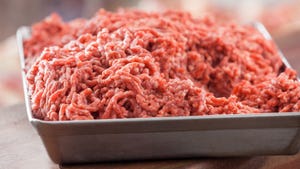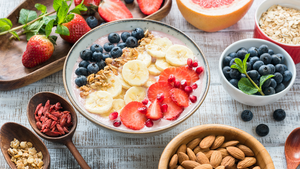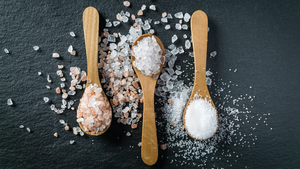Children’s beverage labels insufficient for parents, study finds
Children's beverage brands would do well to make their labels clearer and easier for parents to understand, a recent study found.

Parents have always tried to ensure their children eat balanced, healthy meals and snacks. After more than a year of many children being unable to attend school and other activities in person, forcing many snacking and meal occasions back into the home, the focus on what parents feed their kids has only grown more intense. With increased scrutiny about what parents are feeding their kids, the information shared on a product’s label—and how it is communicated—can differentiate one brand from the next.
Recent research from the Rudd Center for Food Policy and Obesity at the University of Connecticut and the School of Global Public Health at New York University indicated when it comes to childrens’ drinks, labeling has a way to go. Based on a sample of more than 1,500 parents of children ages 1-5, some of the most popular children’s drinks are not clearly communicating desired information on their packaging. For example, 62% of parents could not successfully point out which of the beverages contained low- or no-calorie sweeteners. Parents were more successful pointing out which drinks contained added sugars; more than 7 in 10 were confident in their ability to do so, and 84% were able to in testing.
Certain phrases on packaging also proved confusing to consumers. Parents were reportedly more likely to identify drinks with the phrases “natural” or “water beverage” as containing no added sugar or artificial sweeteners, even when the opposite could be true.
This research backs up similar findings from an April 2020 study performed by researchers at the NYU School of Global Public Health, which found many children’s drinks had misleading or inaccurate labels (Am J Public Health. 110:871-880).
“Given the many different drinks marketed to children that contain or appear to contain juice, it is important that caregivers are able to differentiate among products and identify healthier options,” said Jennifer Pomeranz, assistant professor of public health policy and management and the study’s lead author, in 2020. “We identified numerous labeling practices that obscure the true nature of drinks trying to pass as juice, blurring the distinction between drinks that are acceptable for children and those containing added sugar or sweeteners. Nonetheless, these practices align with current FDA regulations, which allow the naming and use of fruit images that reflect the drink’s flavor, regardless of the product’s ingredients.”
These findings also echo similar findings regarding the clarity of labels on food for children and adults alike. A March study published in the Journal of Pediatric Psychology showed parents of children with food allergies suffer high stress, in part due to unclear labels (2021;1-10). Another recent study, this time conducted by the Pan American Health Association, indicated the size and shape of food warning labels can also play a large role in their clarity.
About the Author(s)
You May Also Like






